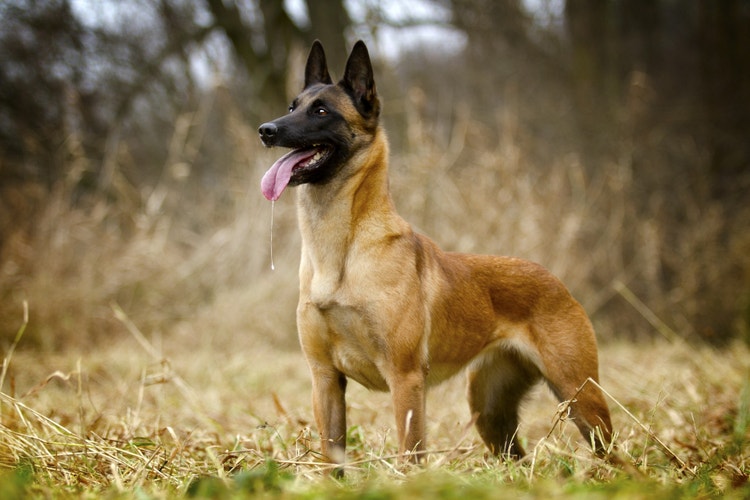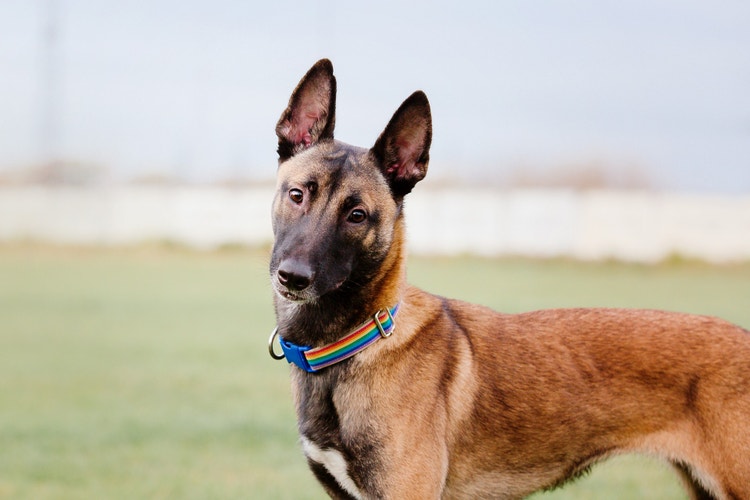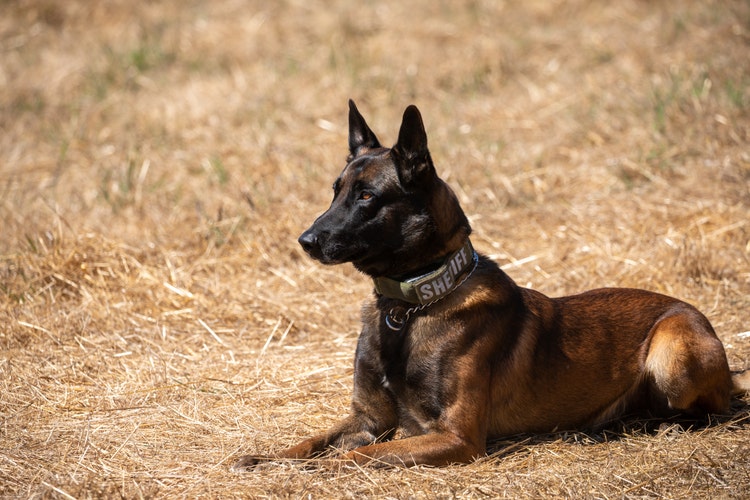
Belgian Malinois


Where Are Belgian Malinois From?
The Belgian Malinois is one of four varieties of Belgian Sheepdog: the Malinois, the Groenendael, the Tervuren, and the Laekenois. They are all very similar in body conformation, with the biggest distinction between them being coat color and type.
The Malinois originated near the town of Malines several centuries ago, though the exact year is unknown. By the late 19th century, the Mal had taken on an active role as a herding dog, which would inspire a long career as police and border control workers later in history.
The United States began importing Mals in 1911, where they remained popular until after WWII. They saw a resurgence in 1963, and by 1965, they had been recognized by the AKC in the working class.
In the 21st Century, Mals are distinguished members of the police, military, and service sectors. Their inexhaustible energy and instinct to protect make them perfect for these duties. Domesticated Malinois enjoy agility, schutzhund, tracking, and obedience training.
Caring for a Belgian Malinois
What Kind of Diet Does a Belgian Malinois Need?
What Kind of Diet Does a Belgian Malinois Need?
The high energy-level of the Malinois demands a high-quality dog food. They are prone to gastric dilatation volvulus (GDV or bloat), so it may be helpful to feed smaller portions and avoid strenuous activity after mealtime.
How Much Grooming Does a Belgian Malinois Need?
How Much Grooming Does a Belgian Malinois Need?
Mals’ short coats do not require much grooming beyond brushing a few times a week and regular bathing.
Are Belgian Malinois Healthy Dogs?
Are Belgian Malinois Healthy Dogs?
Malinois are typically healthy, with an average lifespan of 12 – 14 years. They should be evaluated for hip and elbow dysplasia and ocular conditions.
Malinois are predisposed to: gastric dilatation volvulus, hip dysplasia, epilepsy, and hemangiosarcoma.
Do Belgian Malinois Need to Be Trained?
Do Belgian Malinois Need to Be Trained?
Since they are a dominant breed, Malinois require an experienced owner/ handler. They need more than just puppy classes and, ideally, they should be taken through advanced training. Keep in mind that these are herding dogs; they may try to herd and chase children, animals, or other moving objects.
How Much Exercise Does a Belgian Malinois Need?
How Much Exercise Does a Belgian Malinois Need?
Mals need to expend energy daily. They must be given activities to stimulate both mind and body. Running, hiking, or being trained in agility, tracking, or obedience are excellent ways to keep your Mal happy. If not provided with such outlets, they may become destructive.

Are You Ready to Adopt a Belgian Malinois?
To adopt a Belgian Malinois, start by making sure a dog of this size and demeanor will fit your lifestyle. Use our pet adoption checklist to walk through each step in the adoption process. Complete the necessary adoption applications and be prepared for interviews or home visits. Spend time with potential dogs to find a good match. Finally, prepare your home for the new pet, ensuring it's safe and welcoming.

Pet Insurance Options for Belgian Malinois
Pet insurance for a Belgian Malinois may help cover costs for conditions like elbow dysplasia and bloat. Consider a policy that includes hereditary and congenital conditions, flexible coverage options, and reasonable premiums.
Use our insurance aggregator tool to compare providers and find the best plan for your dog's unique needs.
What Are the Physical Characteristics of a Belgian Malinois Dog?
Belgian Malinois Facts
Other Breeds to Explore
References
- American Kennel Club. The Complete Dog Book. Random House Digital, Inc., 2006.
- Morris, Desmond. Dogs: The Ultimate Dictionary of Over 1,000 Dog Breeds. Trafalgar Square, 2002.
- Wilcox, Bonnie and Chris Walkowicz. The Atlas of Dog Breeds of the World. T.F.H Publications, Inc., 1995.


